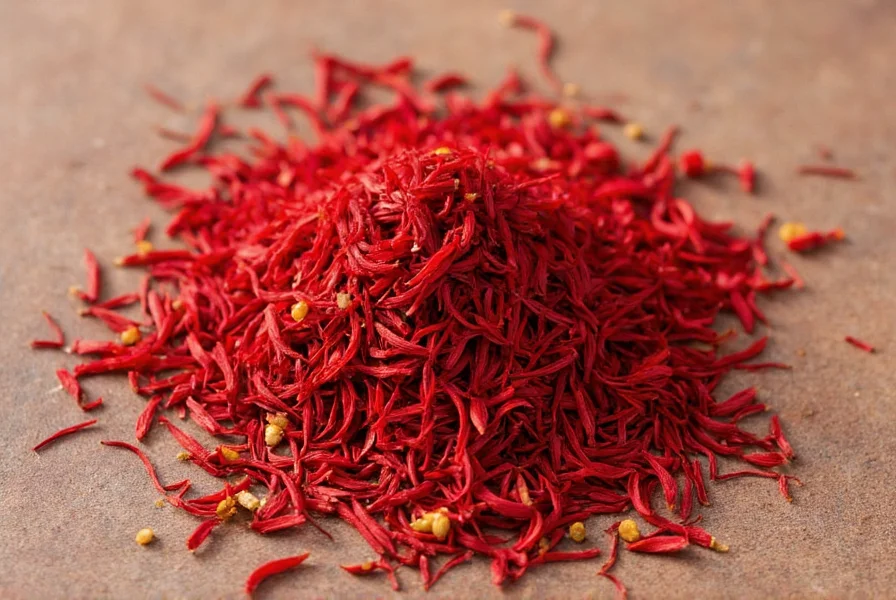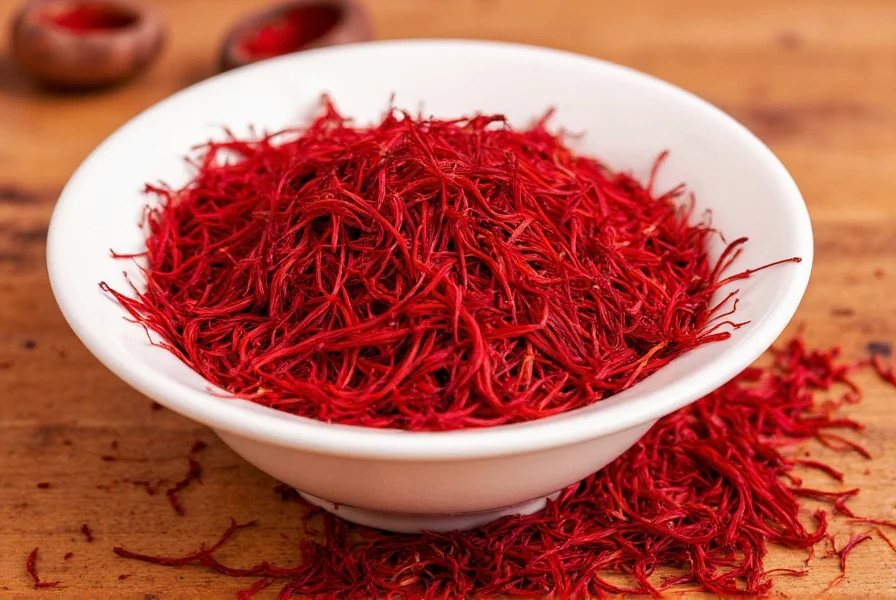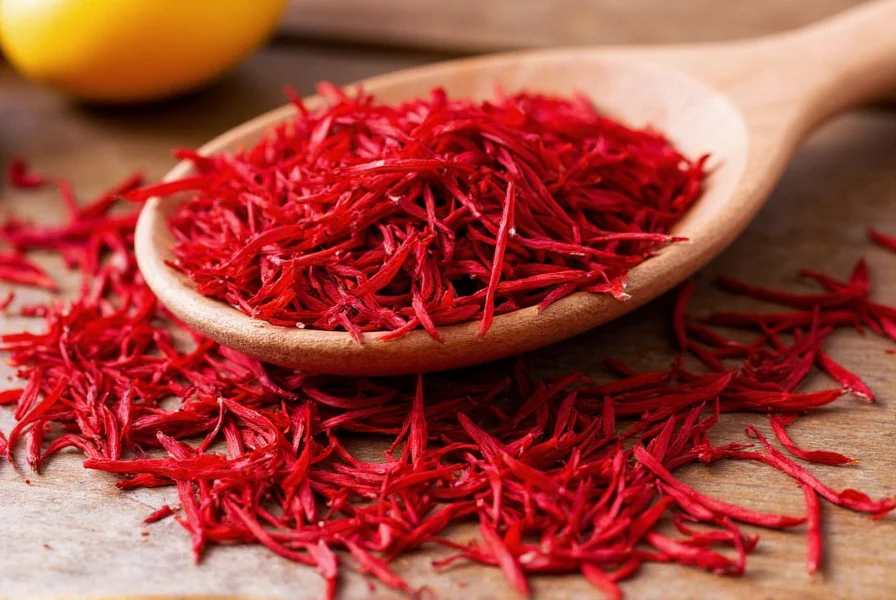Saffron has been treasured for millennia not only for its distinctive golden-yellow coloring but also for its unique flavor profile and aromatic properties. The spice contains over 150 volatile compounds that contribute to its complex sensory characteristics, with crocin responsible for its coloring strength, picrocrocin for its bitter taste, and safranal for its distinctive aroma.
Botanical Origins and Historical Significance
The saffron crocus (Crocus sativus) is a sterile triploid plant that cannot reproduce sexually and must be propagated manually through corm division. Historical evidence suggests saffron cultivation began in Bronze Age Greece, with the earliest depictions appearing in Minoan frescoes dating back to 1500-1600 BCE. Ancient civilizations quickly recognized saffron's value, using it not only as a culinary spice but also as a dye, medicine, and even in religious ceremonies.

The Labor-Intensive Harvesting Process
What makes saffron so valuable is the extraordinary amount of manual labor required for its production. The harvesting window is extremely narrow—saffron crocus blooms only in the autumn for about two weeks, and each flower must be picked early in the morning before the sun opens the blossoms. Workers carefully pluck the flowers by hand, then immediately transport them to processing areas where the delicate red stigmas are separated from the purple petals.
After separation, the stigmas undergo a drying process that reduces their moisture content from approximately 80% to 10-12%, concentrating their flavor compounds and preserving them for storage. This entire process must be completed within hours of harvest to maintain quality, as the stigmas quickly deteriorate if not properly processed.
| Saffron Grade | Stigma Components | Coloring Strength (ASTA) | Primary Production Regions |
|---|---|---|---|
| Grade I (Super Negin) | Long, unbroken red stigmas only | 250-300 | Iran, Kashmir |
| Grade II (Negin) | Red stigmas with minimal yellow style | 200-250 | Iran, Spain |
| Grade III (Pushal) | Red stigmas with noticeable yellow style | 150-200 | India, Greece |
| Grade IV (Bunch) | Mixed stigmas and styles | 100-150 | Morocco, Italy |
Chemical Composition and Quality Indicators
The quality of saffron is scientifically measured by its coloring strength (ASTA units), which correlates with the concentration of crocin. High-quality saffron should have an ASTA value of at least 190, with premium grades exceeding 250. The International Organization for Standardization (ISO) has established specific testing methods to verify saffron authenticity and quality.
When evaluating saffron, three key characteristics determine its value:
- Coloring power - How effectively it dyes food yellow-orange
- Aroma - The distinctive hay-like, metallic scent from safranal
- Taste - The characteristic bitter-honey flavor from picrocrocin
Economic Factors Behind Saffron's High Cost
Understanding why saffron is so expensive requires examining the entire production chain. Approximately 4,000 hand-picked flowers yield just 1 ounce (28 grams) of dried saffron. In regions where saffron is cultivated, entire communities participate in the harvest, with workers often earning less than $10 per day during the brief harvesting season.
The global saffron market faces challenges including climate change affecting flowering patterns, labor shortages as younger generations move to urban areas, and competition from lower-quality substitutes. Despite these challenges, demand continues to grow as culinary professionals and home cooks recognize authentic saffron's irreplaceable qualities in dishes like Spanish paella, Italian risotto alla Milanese, and Persian jeweled rice.
Common Substitutes and Quality Verification
Due to saffron's high cost, numerous substitutes and adulterants exist in the marketplace. Common imposters include:
- Curcuma (turmeric) - Provides color but lacks saffron's complex flavor
- Marigold petals - Sometimes called "poor man's saffron"
- Safflower - Marketed as "Mexican saffron" but chemically different
To verify authentic saffron, look for these characteristics:
- Deep red threads with slight orange tips
- Distinctive floral-honey aroma
- When placed in warm water, should gradually release golden color (not immediate yellow)
- Should feel dry but slightly springy to the touch

Traditional and Modern Applications
Beyond its culinary uses, saffron has a rich history in traditional medicine across multiple cultures. Modern research is investigating its potential benefits for mood regulation, eye health, and antioxidant properties. However, these applications require properly identified and high-quality saffron to ensure efficacy.
In culinary applications, a little saffron goes a long way—a single gram can flavor up to 100 servings. Chefs typically bloom saffron threads in warm liquid before adding to dishes to maximize flavor extraction. This practice not only enhances the spice's aromatic compounds but also ensures even distribution throughout the dish.











 浙公网安备
33010002000092号
浙公网安备
33010002000092号 浙B2-20120091-4
浙B2-20120091-4